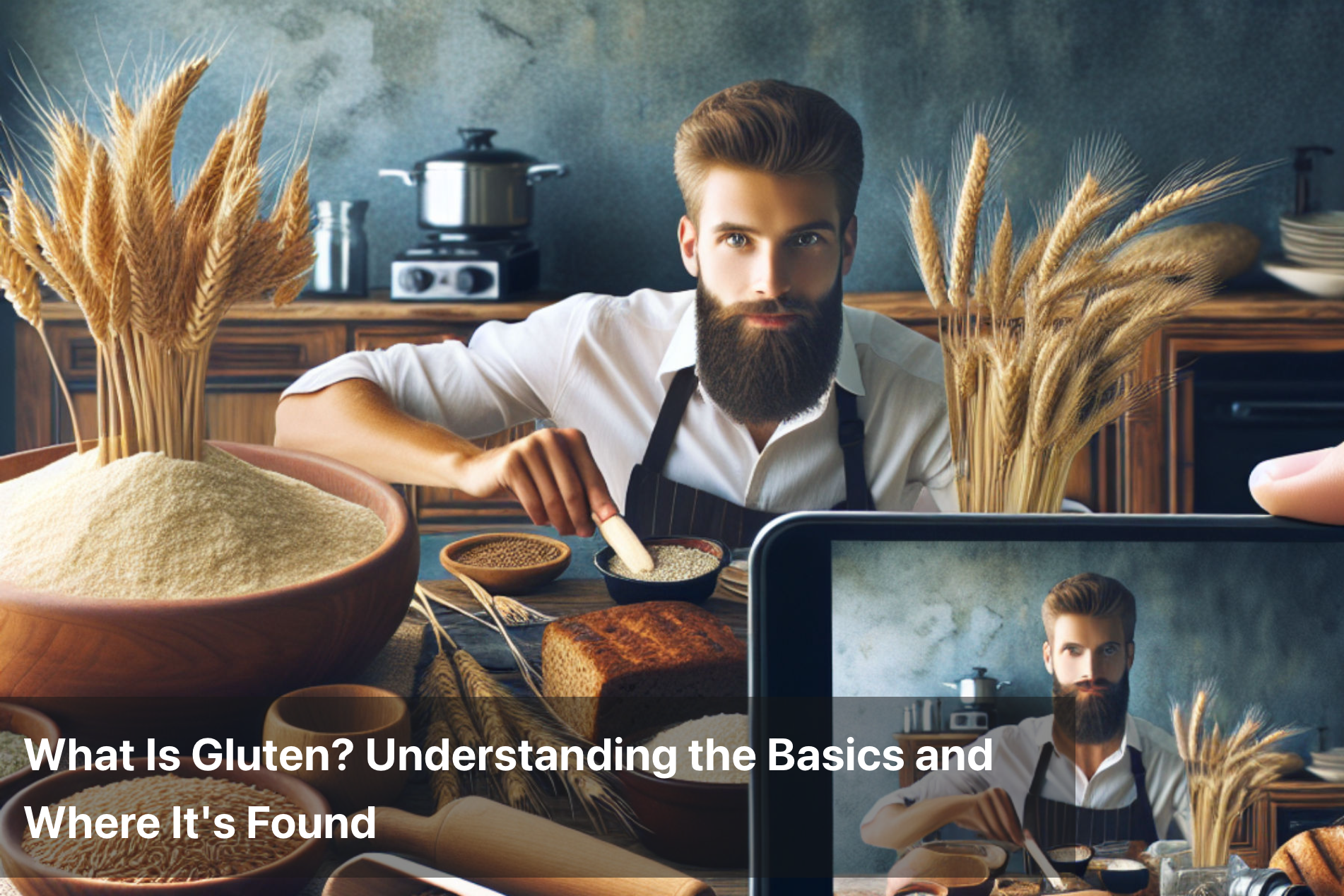
What Is Gluten? Understanding the Basics and Where It's Found
Gluten is a protein naturally found in certain grains, most notably wheat, barley, and rye. It plays a crucial role in baking by providing dough with elasticity and structure, helping bread rise and maintain its shape. This seemingly simple protein, however, has gained a controversial reputation due to its association with several health conditions ranging from mild intolerance to serious autoimmune diseases.
Understanding what gluten is, how it affects the body, and where it’s found in foods is essential for making informed dietary decisions. Whether due to medical necessity or personal preference, gluten awareness is increasingly becoming a part of everyday nutrition.

What Exactly Is Gluten?
Gluten is a composite of two primary proteins—gliadin and glutenin—found in wheat and related grains. When flour is mixed with water, these proteins form a sticky network that gives bread its chewiness and traps gas bubbles during fermentation. This structure is essential in baking, especially for leavened products like bread and pizza crust.
In processed foods, gluten is often used as a stabilizing or thickening agent. Its versatility makes it a common ingredient in everything from salad dressings to soy sauce, which is why gluten can show up in unexpected places.
Who Should Be Concerned About Gluten?
Most people can digest gluten without any issues. However, for certain individuals, gluten consumption triggers a range of health problems. The most common conditions related to gluten include:
-
Celiac Disease: An autoimmune disorder where gluten triggers an immune response that damages the small intestine lining. It affects around 1% of the global population and requires a strict lifelong gluten-free diet.
-
Non-Celiac Gluten Sensitivity (NCGS): People with NCGS do not have celiac disease but experience symptoms like bloating, fatigue, or headaches after consuming gluten.
-
Wheat Allergy: A true food allergy where the immune system reacts to proteins in wheat, including but not limited to gluten.
Causes of Gluten Intolerance
Gluten intolerance and sensitivity can arise due to a combination of genetic, immunological, and environmental factors. While the exact cause of NCGS is still not fully understood, several underlying factors are known to play a role:
-
Genetics: Individuals with certain genes (HLA-DQ2 or HLA-DQ8) are more likely to develop celiac disease.
-
Gut Health: Alterations in gut microbiota may influence the immune system’s response to gluten.
-
Leaky Gut Syndrome: Increased intestinal permeability may allow gluten fragments to pass into the bloodstream and trigger an immune reaction.
-
Environmental Triggers: Early-life infections, antibiotic use, or changes in diet may contribute to gluten-related disorders.
Common Symptoms of Gluten Sensitivity and Celiac Disease
Symptoms can vary widely depending on the condition and the individual. In celiac disease, the symptoms are often more severe and can affect multiple systems in the body.
-
Digestive symptoms: Bloating, diarrhea, constipation, abdominal pain
-
Skin conditions: Itchy rashes such as dermatitis herpetiformis
-
Fatigue and brain fog: Persistent tiredness and difficulty concentrating
-
Nutrient deficiencies: Due to impaired absorption of iron, calcium, and other nutrients
-
Mood disorders: Increased anxiety, irritability, or depressive symptoms
In children, signs may include delayed growth, weight loss, and behavioral changes.
Foods That Contain Gluten
Gluten is found in many staple grains and their derivatives. However, it can also appear in less obvious forms due to processing.
|
Food Category |
Examples Commonly Containing Gluten |
|---|---|
|
Grains and Flours |
Wheat (atta, maida), barley, rye, semolina, spelt, farro |
|
Baked Goods |
Bread, cakes, cookies, muffins, pizza dough, croissants |
|
Packaged Foods |
Cereal bars, flavored chips, imitation meats, soups, sauces |
|
Condiments |
Soy sauce, salad dressings, marinades, ketchup |
|
Beverages |
Beer (made from barley), malt beverages |
Careful label reading is essential for those with gluten-related conditions. Terms like “hydrolyzed wheat protein” or “modified food starch” often indicate gluten.
Naturally Gluten-Free Foods
There are plenty of naturally gluten-free foods that support a healthy, balanced diet. These foods are safe for those avoiding gluten due to allergies or sensitivities:
-
Grains: Rice, millet, corn, quinoa, amaranth, buckwheat
-
Fruits and Vegetables: All fresh fruits and veggies are gluten-free
-
Proteins: Eggs, fresh meats, poultry, fish, legumes, tofu
-
Dairy: Milk, cheese, plain yogurt (flavored varieties may need label checks)
-
Fats and Oils: Butter, ghee, olive oil, coconut oil
Lofoods offers a range of gluten-free alternatives including low-carb flours and high-protein snacks that support gut-friendly, allergy-conscious living.
Nutritional Considerations on a Gluten-Free Diet
Eliminating gluten from the diet can sometimes lead to nutritional imbalances if not done mindfully. Many gluten-containing products are fortified with iron, B vitamins, and fiber. When switching to a gluten-free diet, it’s important to find replacements that provide similar nutrients.
-
Choose whole gluten-free grains like brown rice and millet for fiber.
-
Include leafy greens, lentils, and fortified plant-based products for B vitamins.
-
Incorporate seeds, nuts, and dairy for calcium and magnesium.
-
Consider probiotics and fermented foods to support gut health.
Testing for Gluten Sensitivity or Celiac Disease
Self-diagnosing gluten intolerance can be misleading and may result in unnecessary dietary restrictions. Proper testing is crucial:
-
Blood Tests: Look for antibodies associated with celiac disease (tTG-IgA).
-
Endoscopy with Biopsy: Confirms damage to the small intestine lining.
-
Elimination Diet: For non-celiac gluten sensitivity, symptoms are monitored after removing gluten and then reintroducing it under supervision.
It’s important to continue eating gluten before testing to ensure accurate results.

Summary: Making Informed Choices About Gluten
Gluten is a natural protein that is harmless for most people but can cause significant health issues for others. Understanding what gluten is, where it is found, and how it affects the body enables individuals to make dietary choices that align with their health needs.
For those with gluten sensitivities or celiac disease, a gluten-free lifestyle requires vigilance but can be healthful and delicious with the right knowledge and resources. Lofoods is committed to making this journey easier by offering thoughtfully curated gluten-free products that meet modern dietary needs without compromising taste or nutrition.
This Blog post is an initiative by Lo! Foods, to provide accurate and Nutritionist / Doctor approved information related to Health. Lo! Foods is India's leading brand for Everyday Functional Foods. Foods designed for specific Health conditions or Needs. Lo! Foods also runs India's largest range of Low Carb Healthy Cloud Kitchens, under the brand names of Lo!, ProteinChef, ATH (All Things Healthy) and DiabeSmart.
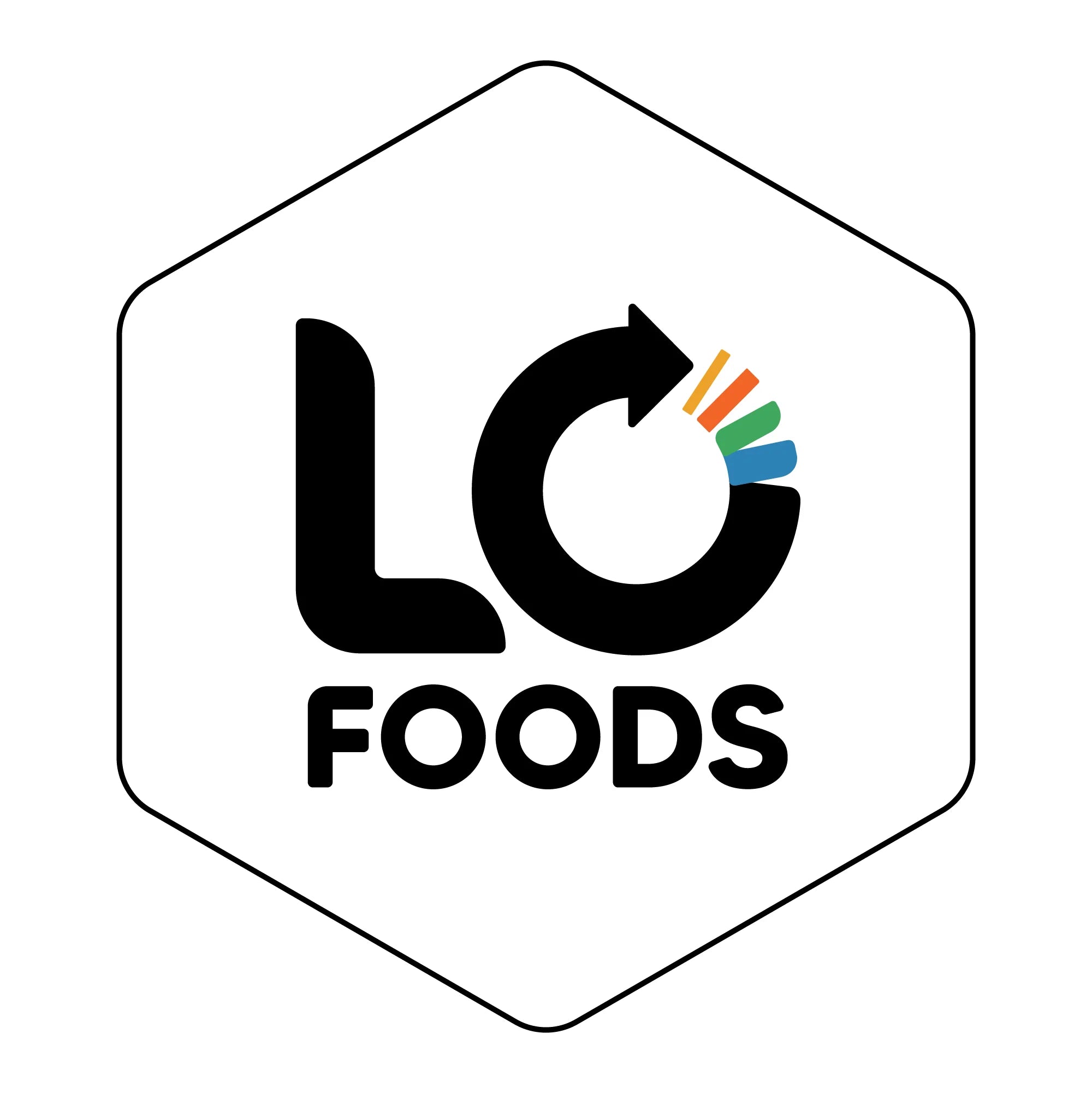


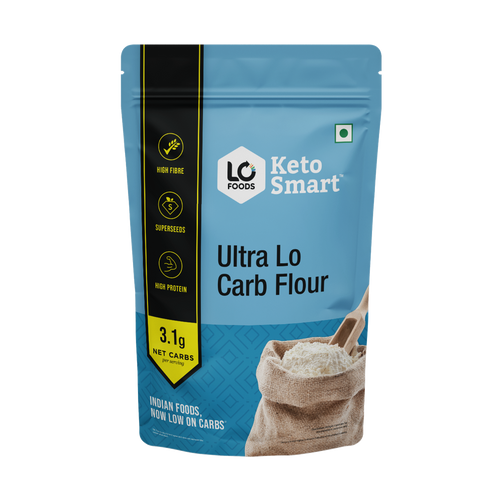
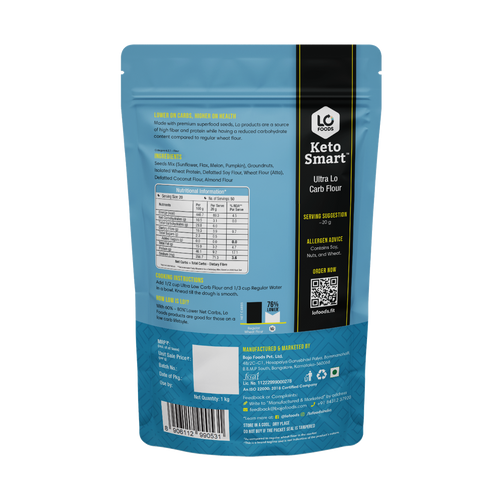

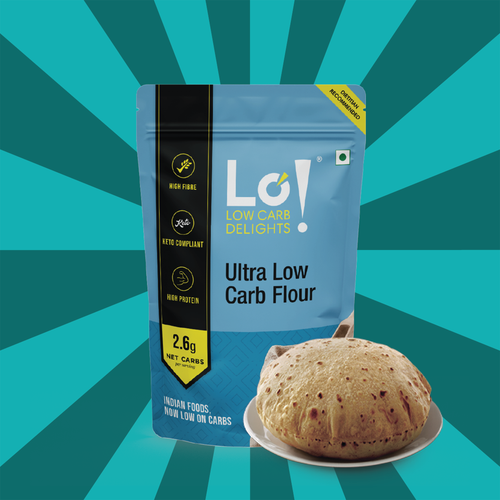
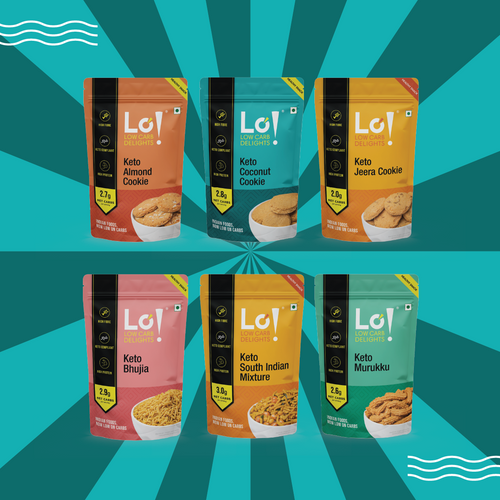

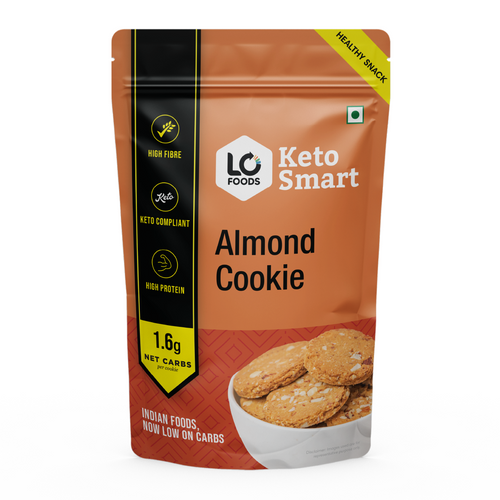



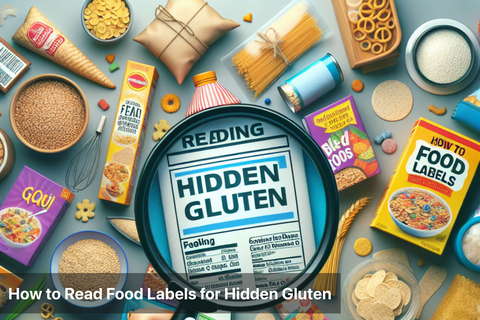

Leave a comment
Your email address will not be published.